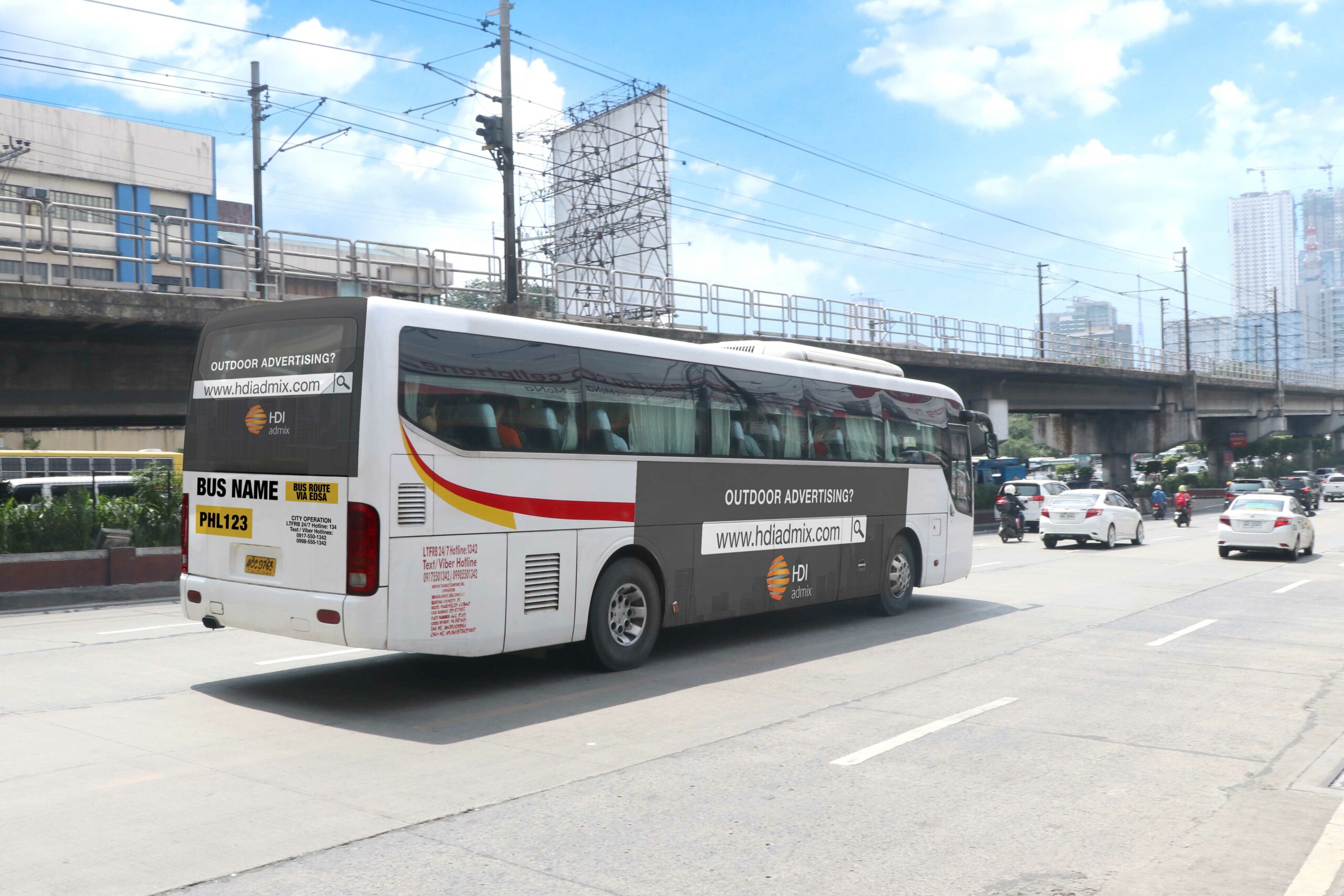Discovering the Effect and Effectiveness of Transportation Advertising in Urban Advertising And Marketing Methods
Transportation advertising has come to be a considerable element of city advertising methods, capitalizing on the unique dynamics of public transportation settings. With the rapid evolution of innovation and moving consumer habits, the landscape of transit marketing is going through significant adjustments that warrant closer exam.
The Surge of Transit Advertising
As urban populations continue to swell, the demand for cutting-edge advertising services has brought about the surge of transportation advertising as a pivotal component of city marketing approaches. This kind of advertising leverages public transport systems-- such as trains, trains, and buses-- to reach a diverse audience in largely inhabited areas. The performance of transportation marketing hinges on its capacity to engage consumers throughout their everyday commutes, an usually ignored yet vital time for brand messaging.
With cities coming to be progressively congested, typical marketing spaces are coming to be scarce and much less efficient. Transit advertising and marketing provides a dynamic option, enabling brand names to showcase their messages in high-traffic locations where prospective clients are continually revealed to the ads. Additionally, as city locals increasingly rely upon public transport, the significance and presence of transportation advertising have actually grown dramatically.
Additionally, technical developments have boosted the sophistication of transit marketing, enabling for digital display screens and interactive projects that can capture consumer focus better than static advertisements. Consequently, transit advertising is not just an economical option however additionally an essential strategy for brands looking for to link with city consumers in an impactful and remarkable way.
Secret Benefits of Transit Marketing
The efficiency of transit marketing is highlighted by its diverse advantages, making it a very useful device for urban marketers. One of the main advantages is its extensive reach; transportation systems serve numerous travelers daily, enabling brand names to attach with a diverse target market in high-traffic environments. This exposure improves brand awareness, ensuring that advertisements are seen repetitively by travelers.

Furthermore, transit advertising and marketing is cost-efficient compared to various other media, using a lower expense per impression while keeping high exposure. The adaptability of ad layouts, from bus wraps to electronic displays, permits for impactful and innovative campaigns that can adapt to transforming market needs.
Customer Behavior Insights
A considerable portion of customer habits is affected by the prevalent nature of transportation marketing in city environments. This kind of marketing catches the attention of varied demographics, involving consumers throughout their everyday commutes.
Study indicates that transit marketing can stimulate psychological feedbacks, leading to enhanced brand affinity. Consumers typically connect the experience of commuting with certain brands, producing an enduring perception that influences getting choices. Moreover, the regularity of direct exposure to transportation ads promotes experience, which is an essential aspect in customer trust fund and commitment.

Additionally, the public element of mass transit adds to this sensation; as people share areas, they are most likely to review and suggest brands they experience. Thus, transportation marketing not only gets to customers however likewise stimulates social communications that strengthen brand messaging. Understanding these behavior insights allows marketing professionals to tailor their strategies effectively, guaranteeing that their campaigns reverberate with target market in the metropolitan landscape.
Case Studies and Success Stories
Effective implementation of transportation marketing techniques is exemplified with various study that highlight its effectiveness in metropolitan marketing. One notable example is the collaboration in between a prominent drink business and a major city's public transit system. The campaign used bus wraps and indoor posters, leading to a 30% increase in brand acknowledgment and a 15% rise in sales within the target group over three months.
One more effective case included a neighborhood restaurant chain that utilized train terminal advertising to draw in travelers. By creating aesthetically striking advertisements that provided timed promos, the restaurant experienced an uptick in foot web traffic, with an outstanding 25% boost in lunch hour clients.
Furthermore, a city's tourist board released a transit project showcasing neighborhood attractions with bus quit display screens and subway ads. The campaign led to a considerable increase in visitor gos to, as reported by a 40% rise in inquiries at site visitor facilities.
These study highlight the flexibility and possibility of transportation advertising to engage urban audiences effectively, demonstrating that calculated placements can generate considerable returns on financial investment and boost brand name presence in dynamic city settings. - Transit Advertising Philippines
Future Fads in Transportation Advertising And Marketing
As city landscapes click to read remain to evolve, so also does see the world of transportation advertising and marketing, which is positioned to welcome innovative technologies and strategies. One significant trend is the combination of digital advertising and marketing displays right into public transportation systems. These vibrant display screens allow for real-time updates and targeted content, improving target market engagement. Moreover, the adoption of programmatic advertising is anticipated to obtain energy, making it possible for marketers to utilize information analytics for even more specific target market targeting based on time, place, and market insights.
An additional emerging trend is using augmented fact (AR) and online fact (VR) experiences within transit advertising and marketing. These immersive innovations can astound commuters, changing mundane trips right into interactive brand experiences. In addition, sustainability is coming to be significantly crucial; green marketing materials and techniques are most likely to acquire traction, reflecting the expanding customer need for company social responsibility.
Finally, the rise of mobile connectivity will certainly facilitate higher assimilation between transportation advertising and marketing and personal gadgets. Marketers can create seamless cross-channel experiences, permitting immediate communication and involvement with potential consumers. Collectively, these fads indicate a transformative future for transportation advertising, supplying new methods for brand names to link with urban target markets.
Final Thought
Transportation marketing has established itself as a significant part of city advertising strategies, demonstrating significant effectiveness via enhanced brand name visibility and consumer involvement. The ability to adapt messages to details demographics, paired with the ingenious use innovation, positions transportation advertising as a driving pressure in modern marketing (Transit Advertising Philippines). As urban settings remain to advance, the future of transportation advertising and marketing assures more innovations, guaranteeing its importance and effect in forming consumer perceptions and behaviors in urban landscapes
As urban populaces continue to swell, the demand for cutting-edge advertising and marketing options has actually led to the increase of transit advertising as a pivotal component of city advertising and marketing methods.A substantial part of consumer behavior is affected by the pervasive nature of transit advertising in city settings. Jointly, these patterns indicate a transformative future for transportation marketing, providing new opportunities for brands to attach with city audiences.
Transportation advertising has actually established itself as a substantial element of urban advertising and marketing techniques, demonstrating considerable effectiveness via improved Related Site brand name exposure and customer interaction. As city atmospheres proceed to progress, the future of transit marketing promises additional advancements, guaranteeing its relevance and effect in forming consumer assumptions and habits in city landscapes.